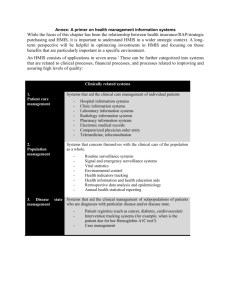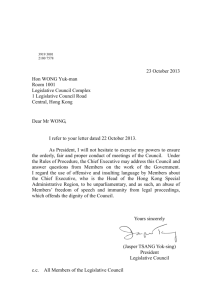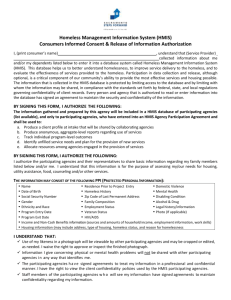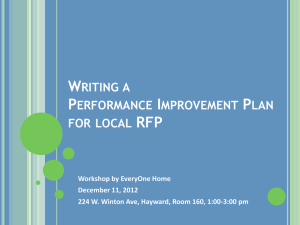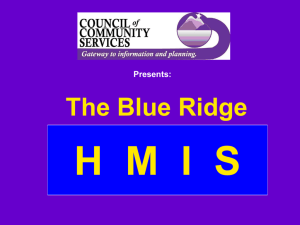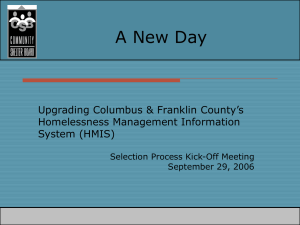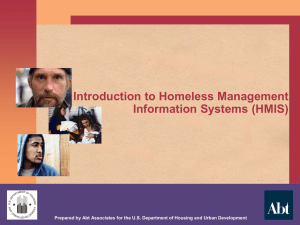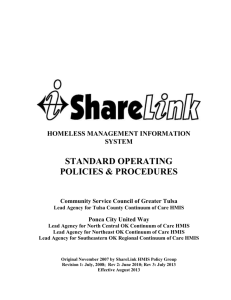Meeting Summary 10.7.15
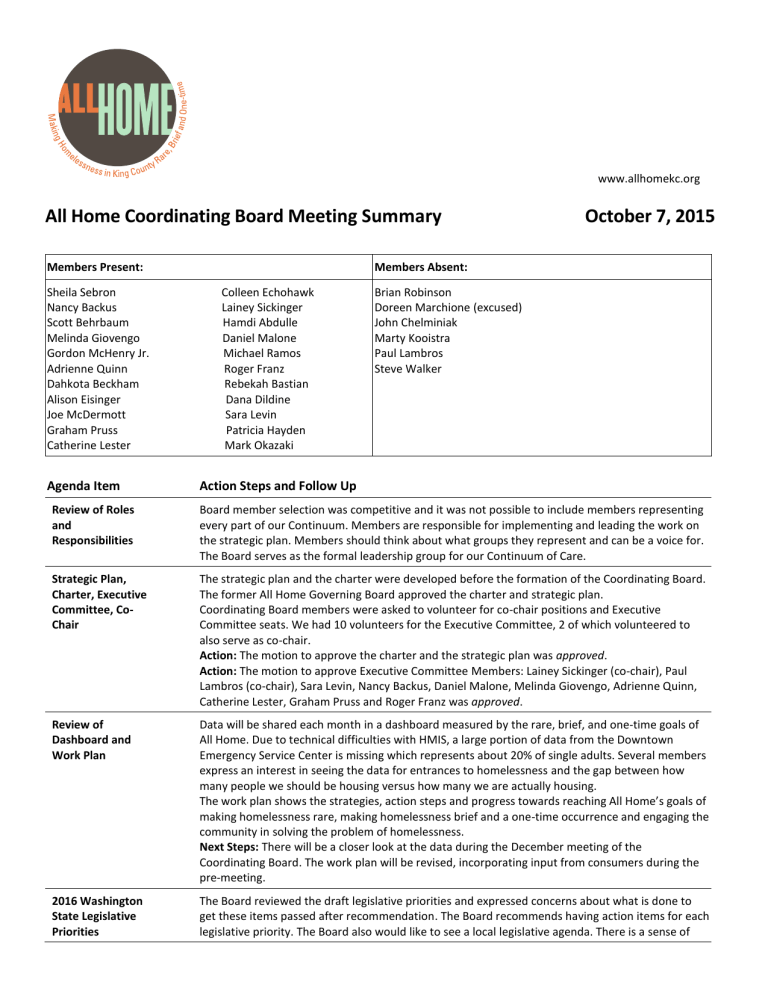
All Home Coordinating Board Meeting Summary
Members Present: Members Absent:
www.allhomekc.org
October 7, 2015
Sheila Sebron Colleen Echohawk
Nancy Backus Lainey Sickinger
Scott Behrbaum Hamdi Abdulle
Melinda Giovengo Daniel Malone
Gordon McHenry Jr. Michael Ramos
Adrienne Quinn Roger Franz
Dahkota Beckham Rebekah Bastian
Alison Eisinger Dana Dildine
Joe McDermott Sara Levin
Graham Pruss Patricia Hayden
Catherine Lester Mark Okazaki
Agenda Item
Review of Roles and
Responsibilities
Action Steps and Follow Up
Strategic Plan,
Charter, Executive
Committee, Co-
Chair
Review of
Dashboard and
Work Plan
2016 Washington
State Legislative
Priorities
Brian Robinson
Doreen Marchione (excused)
John Chelminiak
Marty Kooistra
Paul Lambros
Steve Walker
Board member selection was competitive and it was not possible to include members representing every part of our Continuum. Members are responsible for implementing and leading the work on the strategic plan. Members should think about what groups they represent and can be a voice for.
The Board serves as the formal leadership group for our Continuum of Care.
The strategic plan and the charter were developed before the formation of the Coordinating Board.
The former All Home Governing Board approved the charter and strategic plan.
Coordinating Board members were asked to volunteer for co-chair positions and Executive
Committee seats. We had 10 volunteers for the Executive Committee, 2 of which volunteered to also serve as co-chair.
Action: The motion to approve the charter and the strategic plan was approved.
Action: The motion to approve Executive Committee Members: Lainey Sickinger (co-chair), Paul
Lambros (co-chair), Sara Levin, Nancy Backus, Daniel Malone, Melinda Giovengo, Adrienne Quinn,
Catherine Lester, Graham Pruss and Roger Franz was approved.
Data will be shared each month in a dashboard measured by the rare, brief, and one-time goals of
All Home. Due to technical difficulties with HMIS, a large portion of data from the Downtown
Emergency Service Center is missing which represents about 20% of single adults. Several members express an interest in seeing the data for entrances to homelessness and the gap between how many people we should be housing versus how many we are actually housing.
The work plan shows the strategies, action steps and progress towards reaching All Home’s goals of making homelessness rare, making homelessness brief and a one-time occurrence and engaging the community in solving the problem of homelessness.
Next Steps: There will be a closer look at the data during the December meeting of the
Coordinating Board. The work plan will be revised, incorporating input from consumers during the pre-meeting.
The Board reviewed the draft legislative priorities and expressed concerns about what is done to get these items passed after recommendation. The Board recommends having action items for each legislative priority. The Board also would like to see a local legislative agenda. There is a sense of
Continuum of
Care: FY2015
Application
Process and
Priorities urgency around getting the legislative priorities approved and out to legislators quickly because of the short session approaching.
Action: The motion to approve the 2016 Washington State Legislative Priorities was approved (in principle).
Next Steps: Volunteers (Roger Franz, Dana Dildine, Michael Ramos, Sara Levin, Colleen Echohawk, and Gordon McHenry Jr.) are taken to form a public policy work group.
The Continuum of Care application process and priorities were established in March by the former
All Home Interagency Council. There is a tight deadline to turn in our application. Alison suggested that All Home and local governments should clarify that the CoC application is driven by HUD standards and that our local work should reflect that other interventions are still important.
Action: The motion to approve the process and priorities as approved in March by the former All
Home Interagency Council, and affirm the collaborative applicant as City of Seattle and King County is approved.
Continuum of
Care: HMIS and
Coordinated Entry
The state selected a new HMIS vendor as our current contract was about to expire and the All
Home Safe Harbors Steering Committee is recommending alignment with the state’s decision to select Bitfocus. After the system is implemented, we will be able to contract with Bitfocus for addons specifically for King County. The policy around data sharing will remain the same.
Action: The motion to affirm the recommendation of Safe Harbors Steering Committee to select
Bitfocus as the new HMIS software vendor is approved.
Next Meeting
Wednesday, December 2 nd , 2:00-4:00pm
Community Attendance
Gretchen Bruce- All Home
Ann Ku- KC Evaluation
Triina Tennelo- All Home
Rose Hickman- KC Evaluation
Amanda Thompkins- KC Evaluation
Carrie Hennen- All Home
Kylie Rolf- Sound View Strategies
Heather Jenkins- UW Architecture Department
Megan Gibbard- All Home
Kate Speltz- KC Homeless and Housing Programs
Eileen Denham- City of Seattle HSD
Tanner Phillips- Neighborhood House
David Moser- Neighborhood House
Ellie Wilson-Jones- Sound Cities Assocaiation
Debra Entenman- U.S. Rep. Adam Smith
Nathan Buck- Neighborhood House
Vera Brooks- Seattle Methods
Hussein Aden - Somali Youth & Family Club
Bilan Aden- Somali Youth & Family Club
Felicia Salcedo- All Home
Karen Studders- Advocate
Katy Miller- USICH
Kate Bitney- KC Public Health
Sarah Sausner- KC Public Health
Christina Juarez- Housing Justice Project
Lan Nguyen- KC Council
Nancy Sherman- Advocate/Consumer Advisory Council
Linda Peoples- Consumer Advisory Council
Jim Theofelis- City of Seattle HSD
Kira Zylstra- All Home
Coordinating Board Pre-meeting Summary
CAC Members Present: CAC Members Absent:
Dahkota
Linda
Nancy
Roger
Stacy
Ariyetta
Daniel
Eddy
Margaret
Review of Roles and Responsibilities
Consumers voiced support for the new inclusive identity, improved transparency and increased community involvement. All Home goals are seen as more realistic and more achievable.
Strategic Plan, Charter, Executive Committee, Co-chair
Consumers voiced support.
Review of Dashboard and Work Plan
Consumers voiced concern that the action steps in the work plan were not on-track with all of the strategies outlined. In addition to the proposed work plan, consumers would like to see:
Violence and drug prevention resources to mitigate those at risk of experiencing convictions and prison time.
Options for YYA who run away other than juvenile detention.
A strategy for vehicle residency that considers it as a form of emergency shelter.
Culturally tailored services- the population served makes decision about the services they need.
Fair prioritization.
Lowering criminal history standards.
Access to public bathrooms for basic needs.
Increased outreach to disabled homeless population.
Employment services without risking benefits.
Access to homeless services and case management outside of normal business hours.
2016 Washington State Legislative Priorities
Consumers voiced general support for the 2016 legislative priorities, noting that the issue of HMIS Opt Out/Opt would benefit from further discussion.
Continuum of Care: FY2015 Application Process and Priorities
Consumers are concerned that the HUD NOFA prioritizes literally homeless people and low barrier housing without supporting those at risk of becoming homeless. There is concern from consumers that we may not be ambitious enough with system performance targets. They would like to see funding cuts or reallocation from low performing projects or possible pairing with high performing programs to learn best practices and increase performance. Consumers would also like to be mindful of the populations programs serve when they are evaluated.
Continuum of Care: HMIS and Coordinated Entry
Consumers voiced concern over informed consent and the fears in the community regarding sharing your information and the move from opting-in to opting-out. It is suggested that the answer to this concern may be better education on the use of data and the link
between better quality data in HMIS and funding. Consumers would also like to see better staff training to ensure confidentiality is maintained at the program level and possible penalties for HMIS breaches.
There is concern from consumers about the usability our current HMIS-Safe Harbors system. Consumers would like to see the new system:
Make client referrals to other programs.
Be accurate.
Have defined data fields.
Possibly employ data compliance managers or others who can double check data entry.
Next Meeting
Wednesday, December 2 nd 12:00-1:30pm Coordinating Board Pre-meeting
